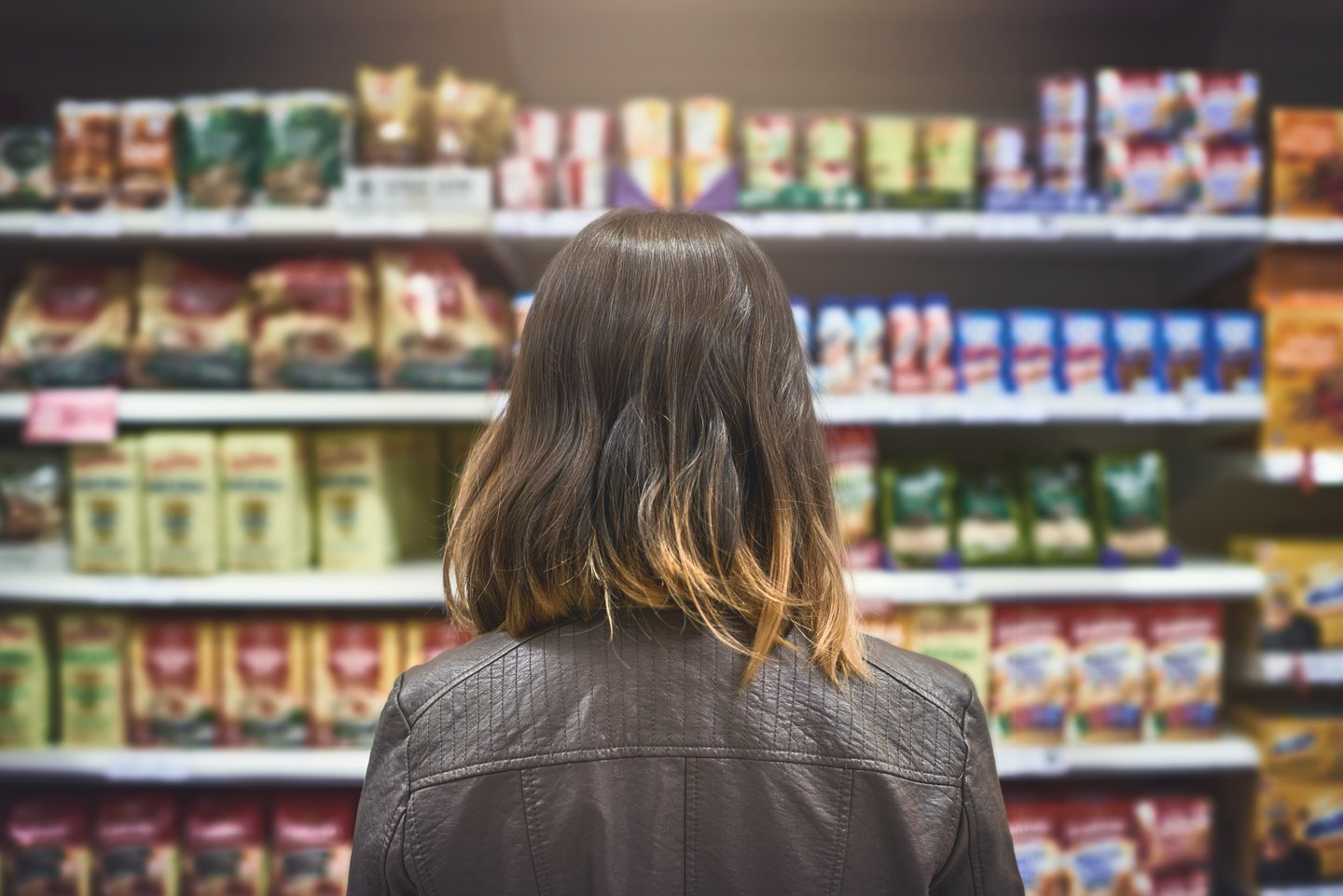EY’s Lokesh Ohri on shifting power dynamics in the CPG industry
The recent EY State of Consumer Products Report dives into the many challenges and opportunities facing the CPG industry, signalling the changing power dynamic between these companies and retailers, who are enjoying growing leverage.
The report is the result of a global survey of consumer products (CP) manufacturers, retailers, consumers, consumer CEOs and dozens of industry executives. Among the results, 78% of retailers believe that only one mass-market brand will remain on shelves in the long term—with the remaining space going to private labels, premium or niche brands.
In a Q&A with Canadian Grocer, Lokesh Ohri, EY Americas consulting consumer products sector leader, shares his insights on what the report means for CPGs and retailers and how they can each thrive in the face of critical shifts in consumer expectations, industry dynamics and capital market demands.
This interview has been edited for length.
What surprised you about these results?
One trend that stood out were the “category captaincy” and “route to relevance” findings. Essentially, these are the ways in which CPGs need to reset to win within the consumer, customers (retailers) and capital markets categories. In a world where only one mass brand remains on the shelf, only a few companies are well positioned to maintain category captaincy and be the leading brand. Those with strong brand recognition, wide distribution and effective marketing will have the edge, but the majority are at risk of being pushed off the shelf.
What are some key takeaways from the report that grocery retailers and CPGs should pay attention to?
Many large CP firms are stuck in a cycle of incrementalism, while challenger brands and retailers are reshaping the rules. Grocery retailers must pay attention to the shift in brand loyalty and the reset of expectations by consumers. Consumers still value brands, but they increasingly expect more from them: better quality, sharper value and a sense of connection. Ongoing price increases are testing consumer loyalty with most choosing to: buy less from brands (cut value), seek out less expensive alternatives (cut volume) or leave the category entirely. In the past, brand familiarity was often enough to sustain loyalty, now loyalty is more fluid.
READ: Four ways retailers and suppliers can grow, together
Is the traditional buyer-supplier dynamic evolving into something more collaborative?
Yes, the dynamic is shifting. While power has tilted toward retailers, there’s growing momentum for collaboration. The buyer-supplier relationship is much more complex. The retailer is no longer just the customer, but a competitor (private label) and a supplier too, given shopper data and retail media. Retail media is another shared platform where both sides benefit from better targeting and ROI. The future lies in shared data, joint KPIs and co-investment in innovation.
How can retailers and CPG firms work together to meet consumer needs and create mutual value?
They can:
- Co-develop products tailored to emerging consumer segments (e.g., GLP-1 users, high-income singles).
- Share operational and consumer data to align on pricing, promotions and inventory.
- Invest in joint business planning and retail media to drive footfall and engagement.
- Collaborate on supply chain agility and innovation cycles to reduce friction and cost.
Retailers want partners who can demonstrate consumer insight, drive footfall, sustain innovation and improve service quality. Being a category leader now means helping to grow the total category.
READ: ‘Loyalty is under fire:’ New study shows shoppers are putting price first
What’s one action a CPG brand can take today—and one action a retailer can take—to stay ahead of shifting consumer preferences?
CPG brands can simplify the portfolio and invest in innovation that aligns with health, identity and convenience. Retailers can use first-party data to personalize offerings and collaborate with brands on category growth strategies. (Together they can), align on a shared definition of category growth—and co-invest in the capabilities (data, innovation, supply chain) that will drive it. This includes joint planning, retail media and innovation pipelines that serve both consumer needs and commercial goals.
How can social be better leveraged to build brand connections?
Authentic storytelling and personalized engagement are key to building trust and relevance. Gen Z and millennials are discovering and buying through social media, livestreams and influencer collaborations. Brands should invest in AI-driven content creation, real-time campaign testing, and loyalty programs that flex with consumer needs.
What are some reasons for optimism?
- Consumers still believe in brands—if they deliver value and innovation.
- Emerging markets and new consumer segments (e.g., GLP-1 users) offer growth opportunities.
- Retailers want partners who can lead categories, not just fill shelves.
- AI and digital tools are enabling faster, smarter innovation and deeper consumer engagement.
- The companies embracing “disruptive optimism”—bold, focused action—are already seeing confidence return. These companies are simplifying their portfolios, accelerating their investment in technology so they can modernize their enterprise and make it fit for the future, focusing on growth and productivity, and engaging differently with consumers, their customers (retailers) and the capital markets. They are forging a new path forward—their route to relevance.



